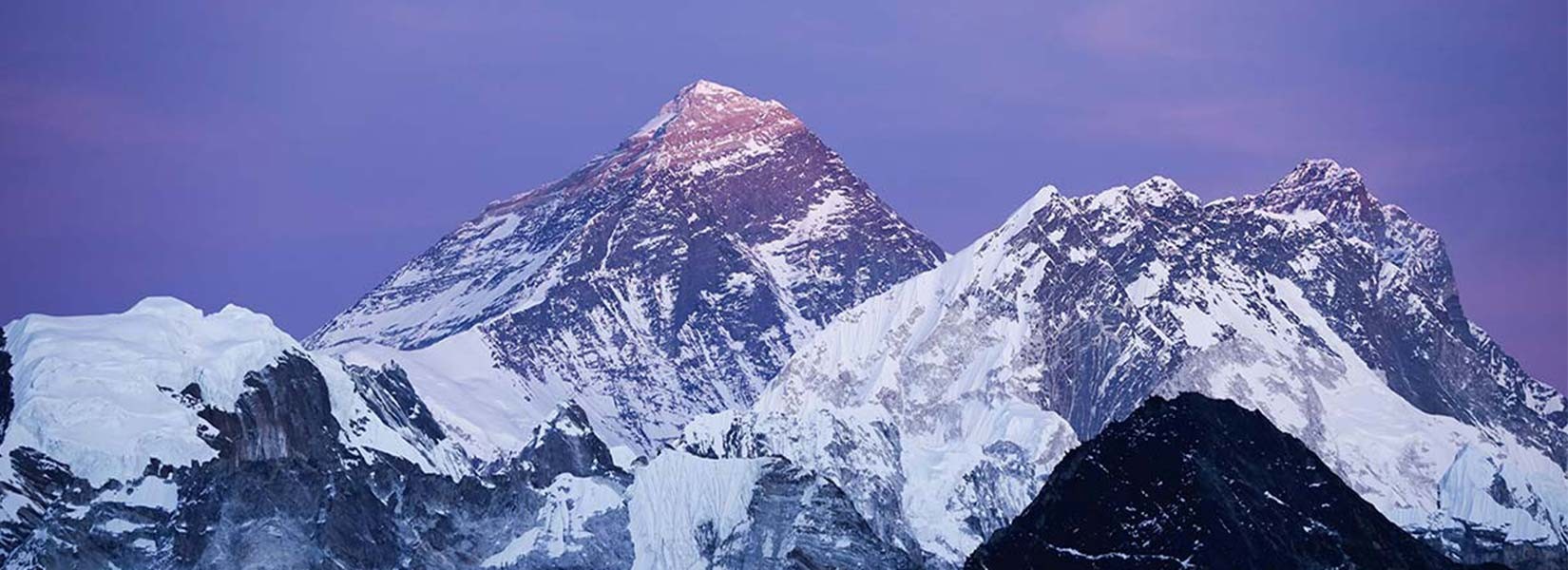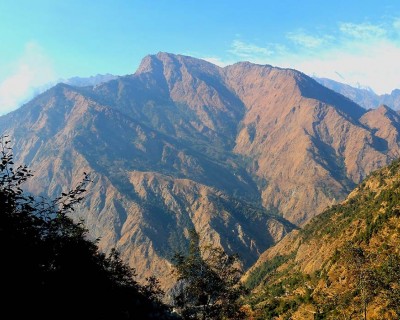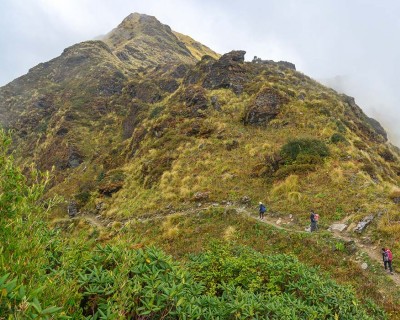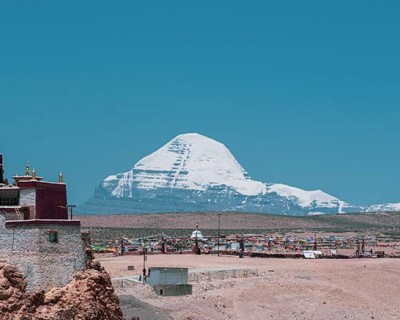Pre-Trek Preparations
Physical Fitness & Training
It may not seem like it at face value; however, physical fitness and training are some of the major aspects of the Everest Base Camp trek safety. During your trip, you will have to explore the remote and rugged landscape of the mountain region.
If you are well prepared and trained right for the trek, it won’t be hard for you to make up for the physically demanding journey. Lack of proper fitness and training can result in extreme exhaustion, which then chain-reacts and affects your overall immune and health.
So, it will be best if you are physically prepared to take on the long and enduring journey to the heart of the Himalayas. Furthermore, a good level of fitness means a quicker response, which can be a lifesaver, especially during unforeseen circumstances.
Learn More About:What Type Of Physical Fitness Is Required For The Everest Base Camp Trek?
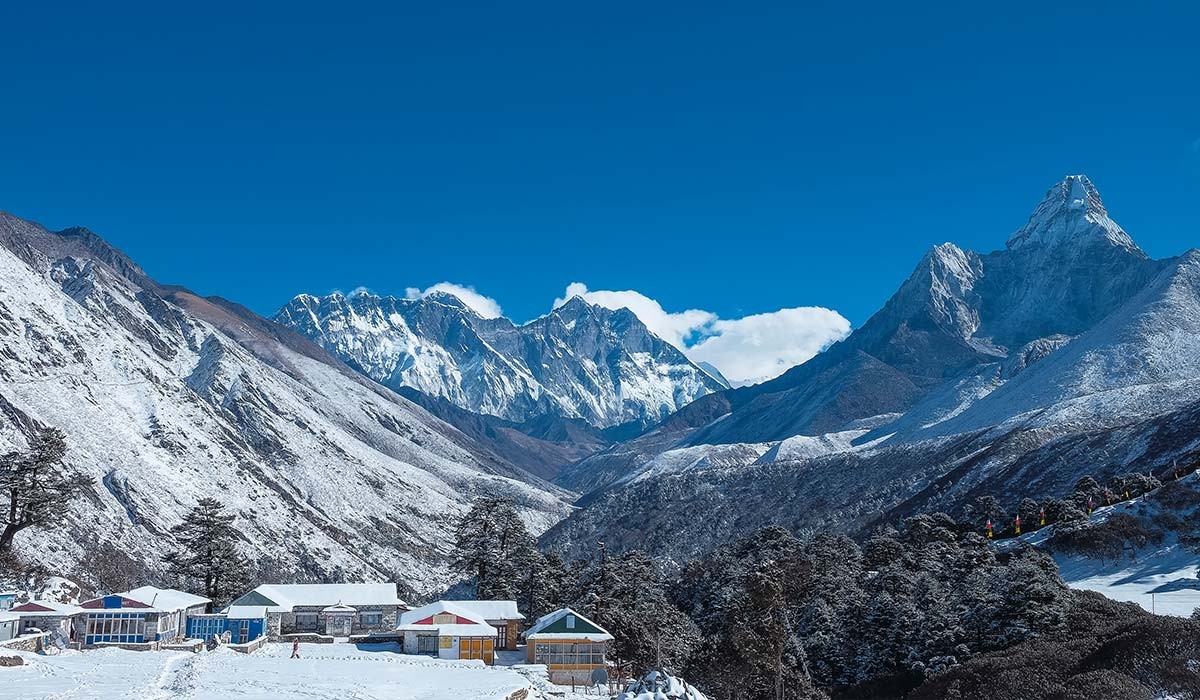
Medical Check-up
As the saying goes, ‘Its better to look ahead and prepare than look behind and regret’; it is crucial to make sure that everything is on a green signal from the get-go. Instead of risking your life on the mountain where there is a limited number of health facilities, it will be wise to do a thorough medical check to see if you are in a perfect condition to do this trek.
Discuss any pre-existing medical condition with your doctor and make sure that the trip won’t be straining your health conditions. You can also consult the doctor about the necessary vaccinations and don’t forget to carry the medication for the common ailments as well.
Travel Insurance
Another major factor in Everest Base Camp Trek safety is getting a reliable insurance plan. Things may not always go according to plan, regardless of what corner of the world you are exploring. So, it is important to stay prepared for the unexpected so you can stay assured and feel safe during your journey.
There are different kinds of travel insurance available in Nepal for trekking. We recommend an extensive plan that provides coverage upto 6,000 meters. To stay on the safer side, you can also get a plan that includes emergency helicopter rescue.
Acclimatization and Altitude Sickness
Understanding Altitude Sickness (AMS, HAPE, HACE)
Undoubtedly, altitude sickness can be quite a bit of a hassle and even life-threatening at times if you are not careful while doing high-altitude adventures. So, in order to follow appropriate Everest Base Camp Trek safety protocols, you need to understand its symptoms and how to counter the sickness.
In the EBC Trek route, the journey stretches upto an altitude of only 5,644 meters (18,517ft) at Kala Patthar. Thus, as you will not be moving across the alpine slopes, there is only the risk of Acute Mountain Sickness (AMS) in this trip.
There is a very less likely chance for you to show symptoms of more severe forms of AMS, such as High Altitude Pulmonary Edema (HAPE) and High Altitude Cerebral Edema (HACE) in this trek. Still, you need to be careful with the symptoms and follow necessary safety protocols to keep yourself safe.
Symptoms of Altitude Sickness
- Dizziness or lightheadedness
- Headache
- Fatigue
- Vomiting or nauseous
- Shortness of breath
- Difficulty in sleeping
- Loss of appetite
- Swelling of face, hands or feet
- Chest tightness or congestion
Also Read About: How Do I Prepare For Altitude Sickness On The Everest Base Camp Trek?
Acclimatization Process
For high-altitude treks such as Everest Base Camp Trek, it is important to take the acclimatization process seriously. In this mainstream route, you will gain an approximate altitude of 2,844 meters (9,330ft), which isn’t a joke.
So, a proper acclimatization process will keep your Everest Base Camp Trek safety factors in check. Acclimatization is also the best-ever remedy to avoid the hassle of altitude sickness during your trip.
Thus, while selecting a package for this wonderful experience in the Himalayas, make sure to confirm that the itinerary plans are not vexing. Select the package with a relaxed and slow-paced itinerary with, of course, enough resting periods.
Hydration and Diet
Sufficient hydration and diet not only help you to keep the risks associated with altitude sickness at bay, but it is also a low-key cheat to keep yourself healthy and safe during your mountain exploration. When people are traveling, they generally tend to spoil themselves with tasty delicacies.
However, as this is a remote mountain journey that is physically demanding, you will need a good level fo fuel for each day’s exploration. So, you need to make sure that you are fueling your body right and not just going for the taste.
This will help you keep your energy level at optimum and strengthen your immune system. Furthermore, drinking at least 3 to 4 liters of water per day while you are trekking will reduce the risk of altitude sickness. Similarly, it will also keep your body water level consistent and you won’t feel too exhausted or drained.
Don’t Miss:What Kind of Food Is Available On The Everest Base Camp Trek?
Weather Conditions and Trek Timing
Understanding Everest Weather
Himlayas is the mystical realm of our planet, not only by spirituality but also due to several other unpredictable factors, the climate being one of them. The weather conditions at the higher part of the Everest Trekking route can be unpredictable at times.
As they have a climatic zone of their own, standard measures won’t be able to comprehend what truly goes on the mountain. Thus, for safety measures, it is important to prepare for tantrums the mountain weather throws your way.
Similarly, it is important to be mindful of the alpine trails, glaciers and steep sections when the weather is not favorable. However, your guides will do a proper risk assessment before your start your trek, so you will be alright if you are exploring the Everest region with a certified agency.
Best Time to Trek
The weather phenomena of the Himalayan region are more comprehensible and stable during the stable periods of the year, like spring and autumn. So, considering the Everest Base Camp Trek safety, we recommend you to take part in this endeavor during the months like March, April, May, mid-September, October or November.
Adrenaline junkies who are looking for thrills and excitement can also do this trek during the seasons with an unfavorable climate like monsoon (June to August) and winter (December to February). But, make sure you are up for the challenge as the unfavorability climatic factors will further elevate the difficulty level.
You May Like:Best Time Of Year for Everest Base Camp Trek
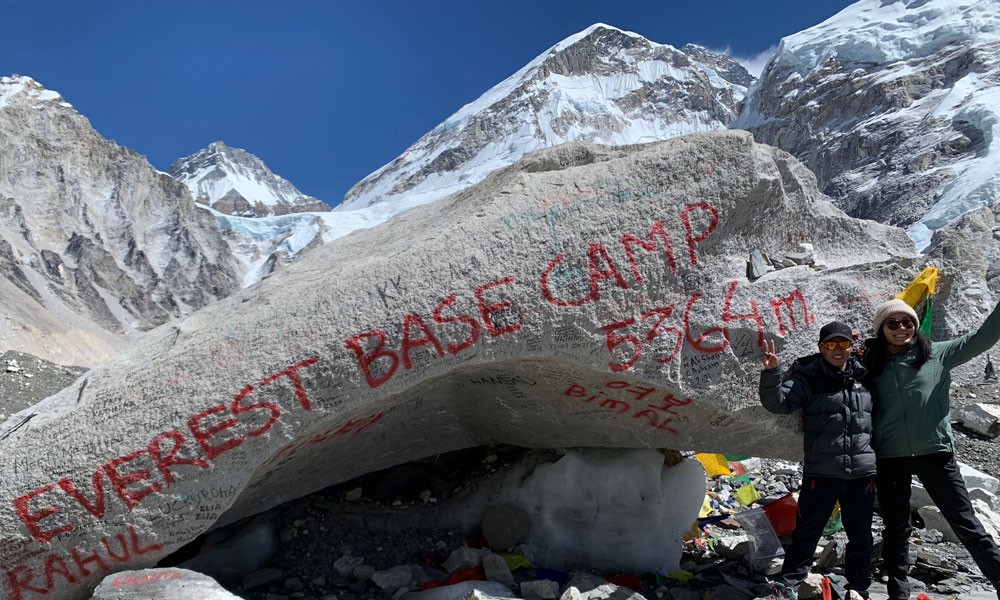
Trail Hazards and Safety Tips
While exploring the remote and rugged part of the mountain, it is important that you stick with the trail safety protocols. This includes being mindful about your footing along the route, carefully crossing the rivers and streams, staying balanced on the narrow paths and icy conditions and so on.
Although the trekking route in itself doesn’t pose any risk, to maintain safety and well-being, it will be wise to be vigilant and careful about the diverse terrains. Similarly, you will need to stay on the marked trail and if you are doing some off-shore exploration, make sure to consult with your guide first.
Also, as yu journey will take you across the Sagarmatha National Park, sightseeing wildlife can be quite common. So, you need to stay calm, keep safe distance, and follow the suggestions of your guide to safely navigate the route.
Another factor that I would like to include in this Everest Base Camp Trek safety tip is that you should know when to stop and rest. Remember, it is not a marathon and just an exploration. So, take your time to enjoy the scenery and highlights; don’t worry just about the destination.
Every itinerary plan is properly crafted, so you don’t have to rush yourself. Take short breaks, give yourself time to breathe and enjoy the scenery. Over-exhaustion while ascending to higher altitudes can trigger the symptoms of altitude sickness; take it easy.
Emergency Protocols
Recognizing Warning Signs
While exploring the remote and isolated parts, you need to be very mindful of the warning signs. The most appropriate way to deal with any sign you are showing on the trail is to understand it and tend to it immediately. If you ignore it for a long period, it may take an adverse form.
So, whether it is any symptoms related to altitude sickness, general ailments, dehydration, hypothermia, or exhaustion, make sure not to overlook them. Consult about the symptoms with your guide and the guide will properly assess the circumstances to take the next step.
Emergency Evacuation
We already discussed that things may not also go as planned when you are exploring the remote and isolated part of the mountain regions. So, what is the best way to counter such unforeseen circumstances? Well, emergency evacuation has always been an ideal way to deal with perils during mountain ednavors.
So, you need to understand how it works and the availability of rescue services and health posts along the trekking route. Helicopter rescue, which is also included in the travel insurance, is the best way to safely evacuate a trekker when things start to get critical.
Communication
At the higher part of the trails, the mobile reception may not always work properly. Thus, for reliable mode of communication, a satellite phone or portable radio is recommended. With the help of these communication devices, you will be able to stay in touch with the rest of the world and even request rescue operations in case of emergencies.
Also Read:Everest Base Camp Trek Difficulty
Health and Hygiene
Sanitation Practices
A proper hygiene practice is essential to avoid any gastrointestinal or contamination issues. Maintaining hygiene is a crucial part of Everest Base Camp Trek safety as it determines your well-being and safety while enjoying your exciting adventure in the Himalayas.
So, take good care of your personal hygiene and keep yourself clean throughout the experience. Make a note of the fact that your journey in the isolated mountain region requires extra precaution, as even minor issues can be quite bothersome due to the unavailability of the required health facilities.
Wash your hands before eating your food and make sure to purify the water with a tablet or solution before drinking it. For your high-altitude endeavor, we would also like to recommend you steer off the meat items. As the transportation options are limited in the mountainous region, the meat items are generally not fresh.
Toilets and Lodging Cleanliness
The teahouses/lodges along this major trekking follow the standard cleanliness standards. However, the sanitation standards may vary depending on the altitude and region. At the major highlights of the trail, the western standard accommodation and bathroom facilities are available.
But, as you ascend to the higher part, they are more basic and less sanitary due to the limited resources and harsh climatic conditions. So, we advise you to bring your own sleeping bag and toiletries to maintain a standard level of cleanliness.
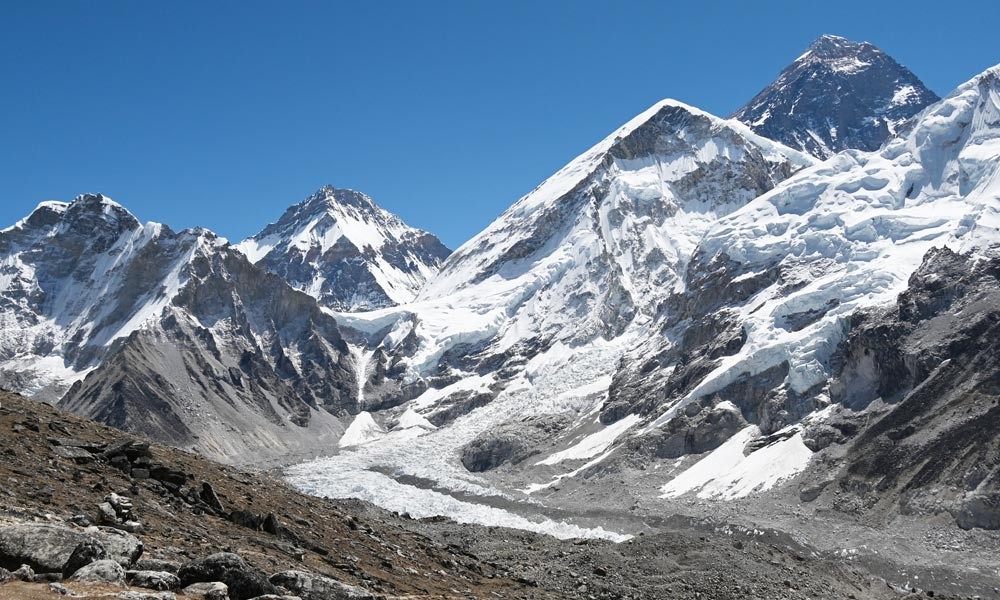
Trekking with a Guide or Solo
Solo traveling to experience the tranquil serenity of the Himalayas sounds like a fair deal. However, you have to consider several Everest Base Camp Trek safety factors if you are doing it solo.
There will be concerns regarding the increased level of risks. You might get lost, get injured, or suffer from altitude sickness and other forms of sickness when you are doing the adventure on your own.
So, during such a situation, you should inform your friends or family about the overall itinerary plans and check in regularly with them to stay on a safer side. You need to be extra cautious and stick with the well-traveled route to stay safe during your journey.
Guided trek, on the other hand, is the most preferred option considering the Everest Base Camp Trek safety. There are several advantages of hiring a guide and you will feel much safer during your Himalayan adventure.
A professional guide will take care of all the details of your journey, help you pace yourself and provide knowledge about the trail and highlights along the route. Similarly, guides are also tackle a good care of your health and well-being.
Guides are also trained to handle emergency situations more efficiently as they have solid assessment skills, thanks to their experience. So, if you are considering a safe and enriching way to do Everest Base Camp Trek, we suggest you to do it with a certified guide or a trekking agency.
Related Search: Everest Base Camp without a Guide


